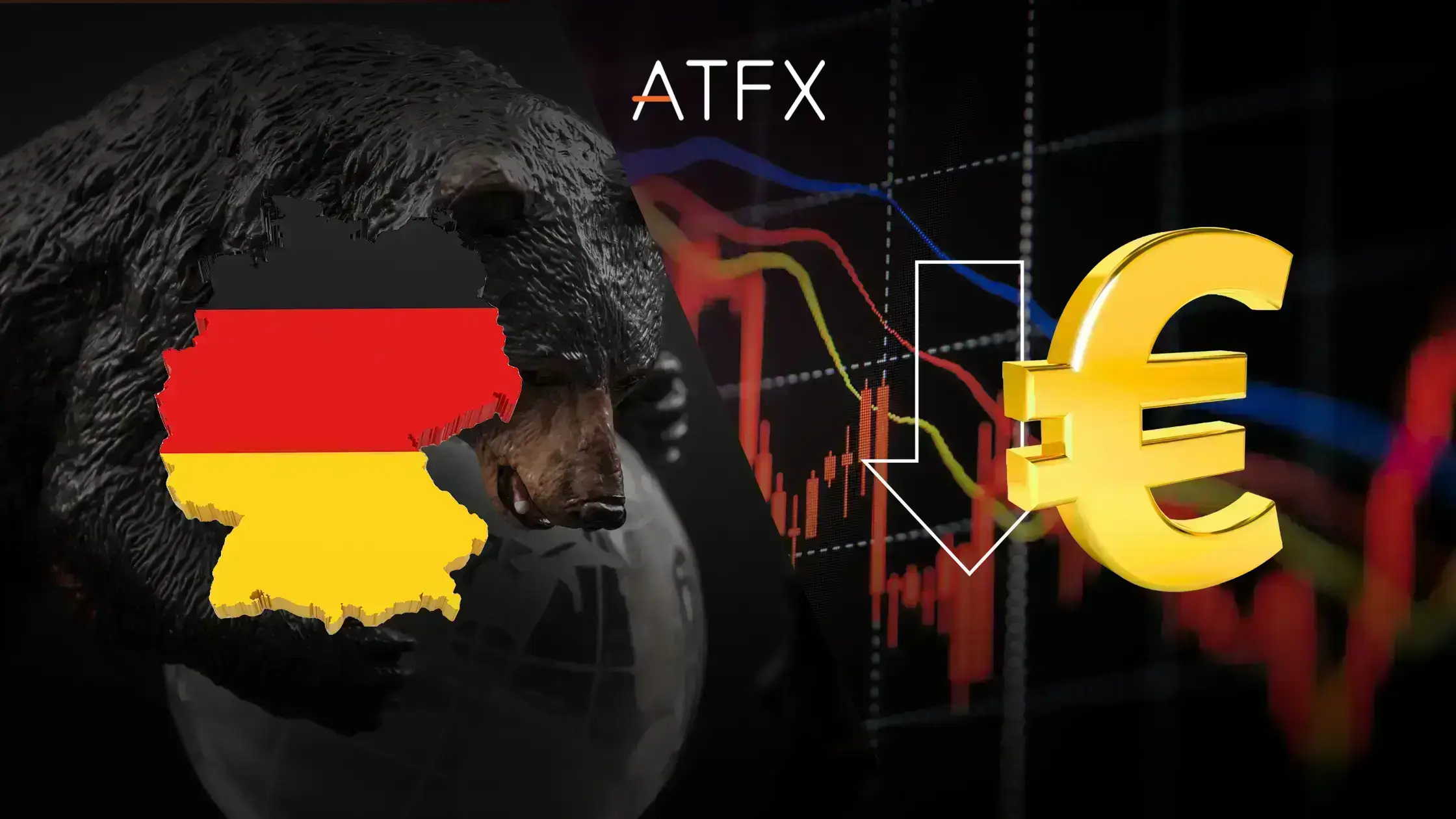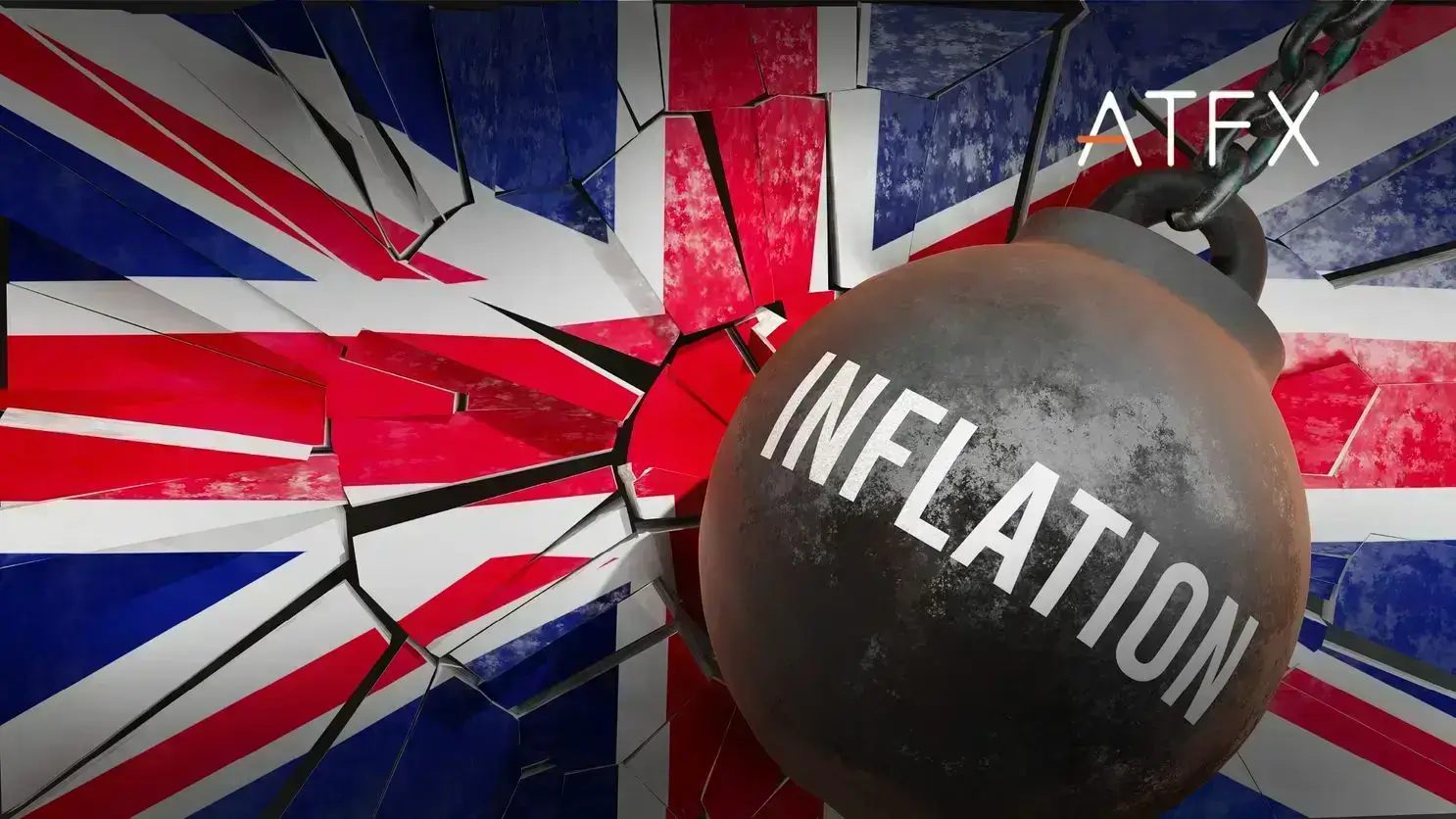Recently, the performance of the US stock market has been dismal. Market giants have announced weak Q1 financial results, affected by high inflation. The two major U.S. retail giants, Target and Walmart, have thundered lower, which immediately triggered a wave of selling in retail stocks. As a result, the US stock market has plummeted across the board.
Since April, risk aversion has dominated the market, and equity ETFs have inevitably suffered, ending the record for sustained net inflows. So, how should equity ETF investors adjust their portfolios to minimise risk in an environment of sharp market volatility?
The US stock market has had a thrilling week.
US stocks have experienced a thrilling week, plunging again after a brief rally, with the NASDAQ and S&P 500 falling between 4% and 5%. The Dow also tumbled 1164.52 points, down nearly 4%.
The widespread decline is still due to market panic caused by the record-high inflation, especially the considerable impact of high inflation on the retail industry, which has started showing. On the one hand, retail companies face the pressure of high inventory and high operating costs. But on the other hand, high inflation has also hit consumer spending.
Walmart’s results fell short of market expectations in Q1 after its financial report showed a net profit of $2.05 billion, down 25% year-on-year. Another retail giant, Target, had a net profit of $1.009 billion, a sharp decline of 51.9% year on year. The Q1 performance of the two giants triggered a sharp decline in retail stock prices and a wave of selling, dragging the entire market lower.
Which ETFs Are Still Favoured by the Market?
In fact, since April, the volatility witnessed in the US stock market has increased. Risk aversion has driven investors to flee the market because of wide speculation about the effect of significant central bank tightening on the economy. Many expected the Fed’s efforts to stabilise inflation would gradually appear in the year’s second half. The negative impact of inflation on the stock market may continue in the short term.
Affected by the downturn in the broader market, the performance of equity ETFs conducive to diversification has also been affected. However, there are still some ETFs that have fared much better than the market. According to the latest report from State Street Global Advisors, US ETF funds had a net outflow of $10.5 billion in April. The net outflows from global equity ETFs ended a 34-month net inflow record. US ETFs took in a whopping $1.8 trillion during this period.
In the most recent week, ETF equity net outflows were $6,142 million. Despite US stocks’ high volatility, they still received net inflows of US$2.816 billion. Japan and the Asia Pacific also received net inflows of US$730 million and US$157 million. Significant net outflows of global equity ETFs were US$3.812 billion.
Given the current economic situation, we face more significant uncertainty, and the stock market’s volatility has intensified. Therefore, investors should adjust their asset allocation to equity ETFs promptly. In the first four months of this year, energy ETFs performed the best. Still, due to the great uncertainty of the Russo-Ukrainian war, the energy sector may face corrections in the future once the war is over.
Investors should focus on ETF products that are immune to business cycle inflation and are value-oriented, including infrastructure, the utility industry, natural resource industry ETFs, etc. In addition, ETFs focused on the theme of carbon neutrality, green energy & electricity, sustainable long-term investments are also expected to generate positive performance in the future.
Notably, fixed income ETFs netted about $8.4 billion in April, driven by ultra short-term government bond ETFs. Several countries are currently adopting tighter monetary policies to combat inflation in an environment where interest rate trends are much more volatile. Therefore, appropriate allocation to some investment-grade corporate bonds and ETFs with stable coupons could reduce the overall portfolio volatility and achieve a hedging effect.


